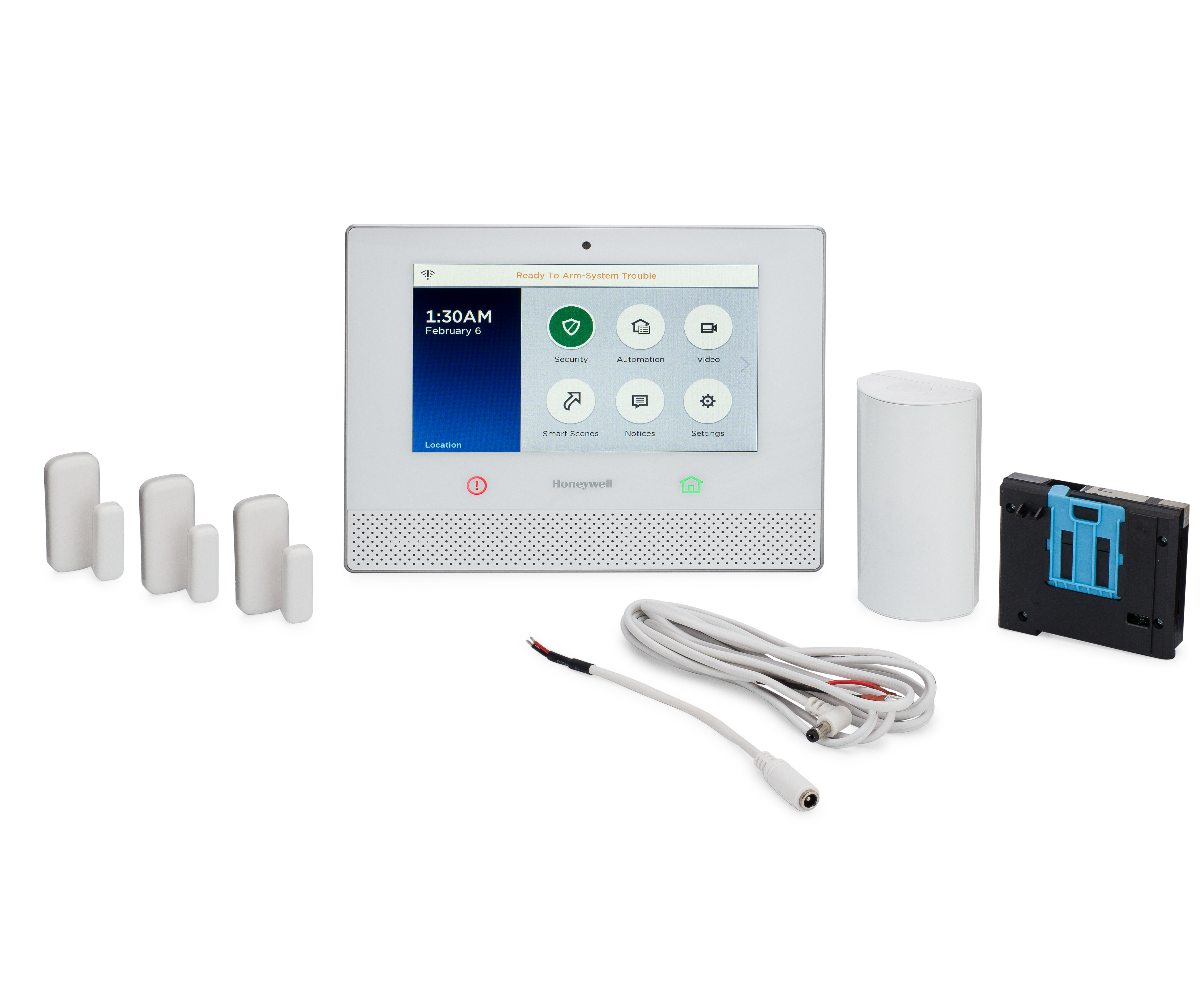Reminder to Test Your Security System
Posted By Michael GorisAre you bored during the social distancing era from COVID-19 outbreak? If you're going crazy, wondering just what to do with yourself, you might try testing your home security system. It can be a great feeling to know that everything is working properly. And you can do it yourself!

A complete security system test involves checking all of your sensors and making sure they report to the panel properly. This practice of testing a system is also sometimes referred to as a Walk Test. Many systems have a designated Walk Test mode for this purpose. This mode is often most convenient, as the faulted zones will appear on the screen. You can have a friend stand in front of the panel, while you go around and fault various sensors. This can be a good way to keep track of zones on your system in the event that you ever lose your zone list.
Before conducting any security system test, you should make sure to put your system on test mode. This is very important if you have monitoring service with a central station. If an alarm comes through on your central station account while your system is not in test mode, the central station operator will think that it is a legitimate alarm. This could result in unnecessary dispatch to your residence, and you may receive a fine from your local jurisdiction. Please do not waste the time and resources of your community, and always put your system into test mode when testing equipment!
The best way to put your system on test mode is by using the MyAlarms.com feature from our central station partner, Criticom Monitoring Services. This complementary service will allow you to put your system on test mode by yourself, without needing to receive verification or have someone else do it for you. We have a blog about the MyAlarms.com service, which you can view right here. Other ways to put your system on test mode include contacting us between 9am and 8pm ET M-F by emailing support@alarmgrid.com or by calling (888) 818-7728, or by contact CMS directly.
Each sensor will be tested in a different way. Some common examples include:
- Opening and closing doors and windows to test door and window contacts.
- Walking around a room to make sure motion sensors activate. Have your pets walk around too if you are using pet-immune motion sensors.
- Use a glass break simulator to test your glass break detectors. For Honeywell FG-701 users, this FAQ may help you.
- Use canned smoke to test your smoke detectors.
- Use the test button on a standalone heat detector. Do not use a hair dryer to test a standalone heat sensor, as those are one-and-done devices.
- You can test the heat detection function on a combination smoke and heat detector by using a hair dryer. Unlike a standalone heat detector, you can safely activate the heat detection function on a combo device.
- Use canned CO gas to test carbon monoxide sensors. Be very careful when using this equipment!
- Press each button on a key fob or medical alert sensor to make sure it transmits successfully. Remember to also test multi-button inputs if your key fob supports them.
A regular system test is a routine affair that you should perform often. It is the best way to ensure that your system is working properly. And also remember that if you need an updated Certificate of Alarm (CoA) for a homeowner's insurance discount, then you must perform an annual test to prove that your system is working properly. Each CoA is good for one (1) calendar year, so make sure to keep up with this so you don't lose out on your insurance discount. We have more information on Certificate of Alarms that you can click here to view.
If you need further help testing your system, or if you are interested in learning more about our products or services, please contact us at support@alarmgrid.com. Although our support staff is currently working from home, we are still committed to providing you with the very best customer service and technical support. Our support hours run from 9am to 8pm ET M-F, so keep that in mind when contacting us. We look forward to hearing from you!




 Notice I said "professional security system" above. We don't sell janky or cheap systems. We sell top of the line security systems. Our systems are used in millions of restaurants, businesses, and homes all over America. That's right, millions of people have the systems we sell. They are the same systems that an installer would put in if you ordered from one of the big names in the industry. So you don't have to worry about the quality of these security systems. Your family will be as safe as ever.
Notice I said "professional security system" above. We don't sell janky or cheap systems. We sell top of the line security systems. Our systems are used in millions of restaurants, businesses, and homes all over America. That's right, millions of people have the systems we sell. They are the same systems that an installer would put in if you ordered from one of the big names in the industry. So you don't have to worry about the quality of these security systems. Your family will be as safe as ever.
 While we have lots and lots of choices available, our two favorite systems are the
While we have lots and lots of choices available, our two favorite systems are the 
